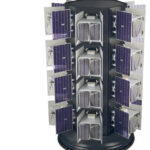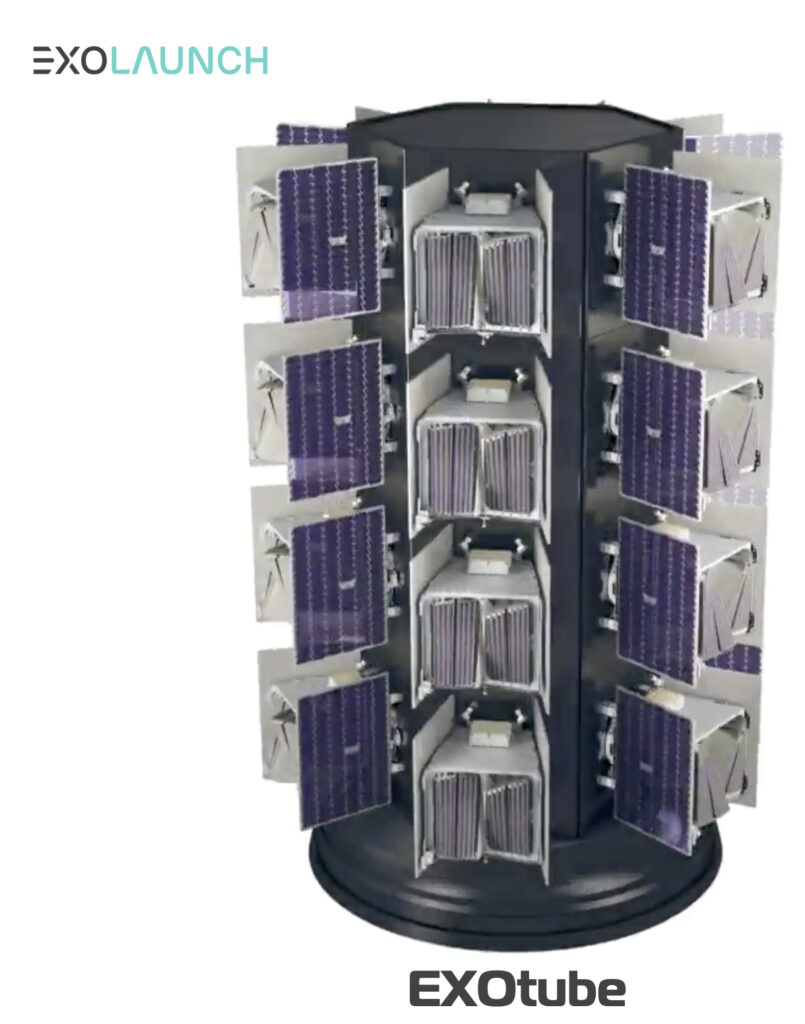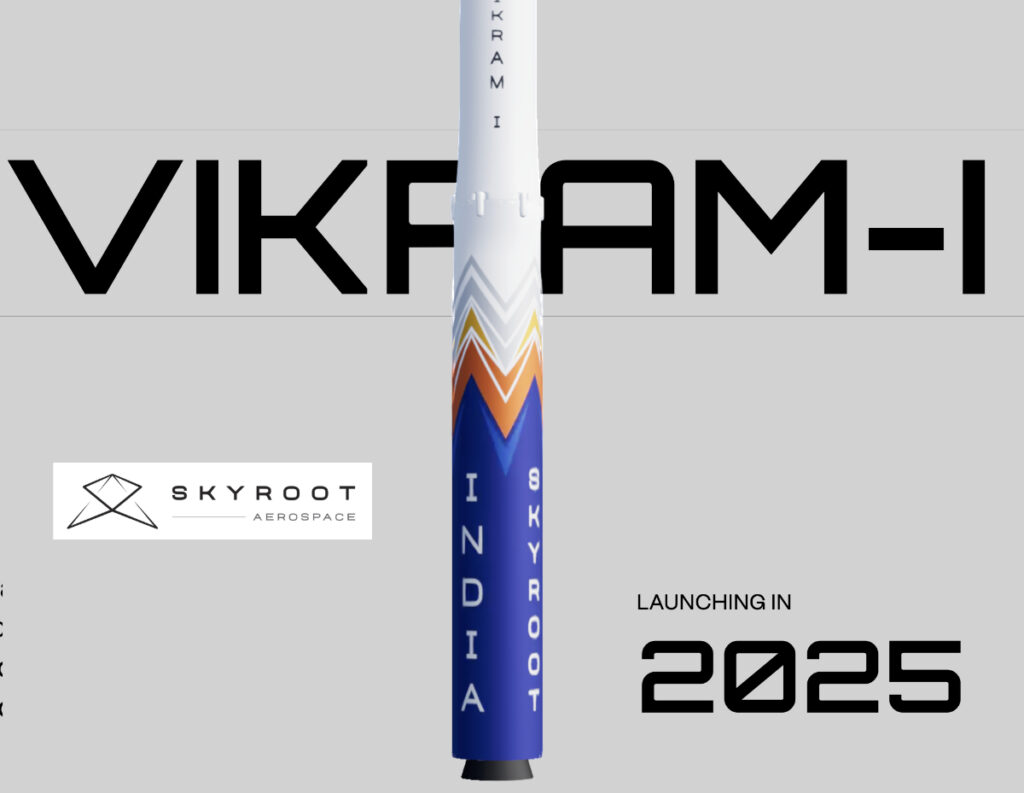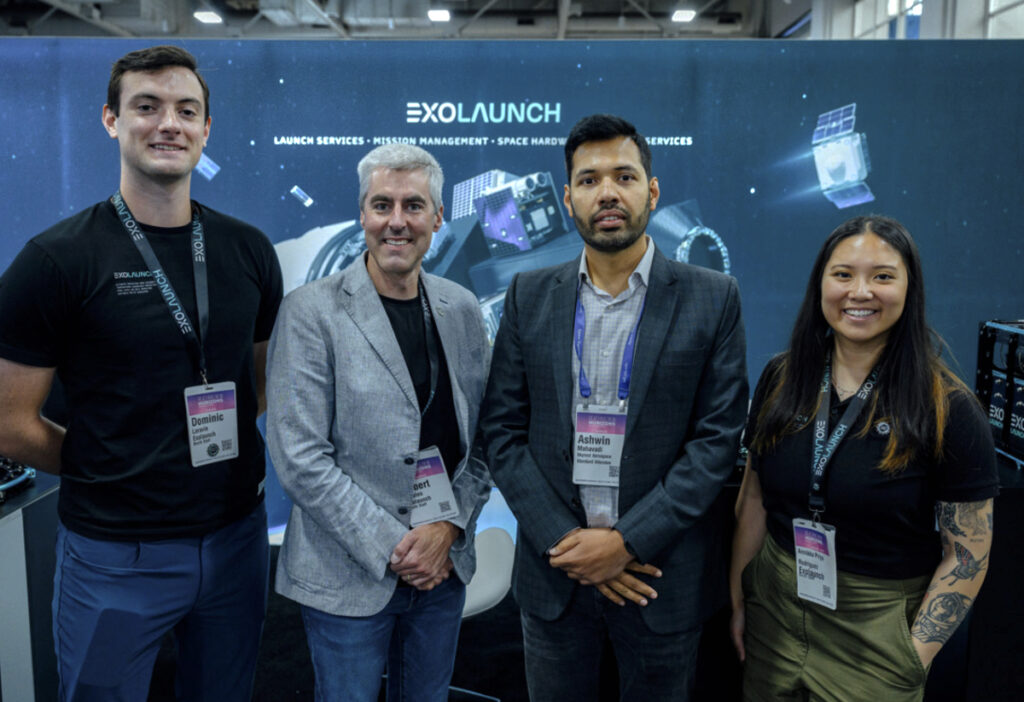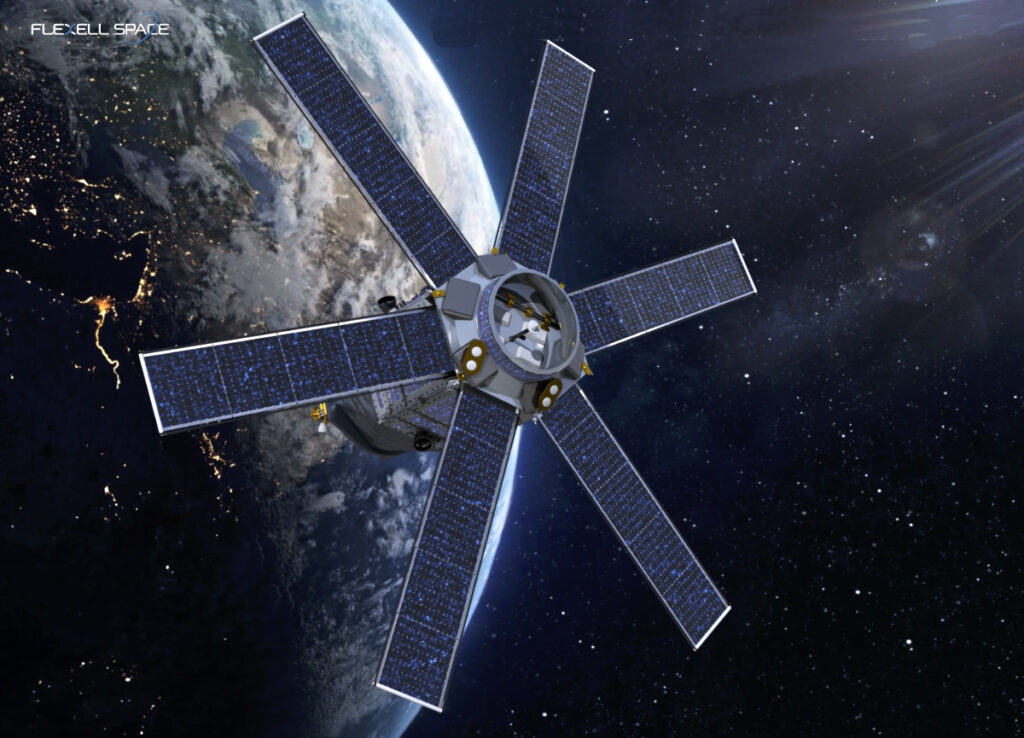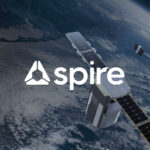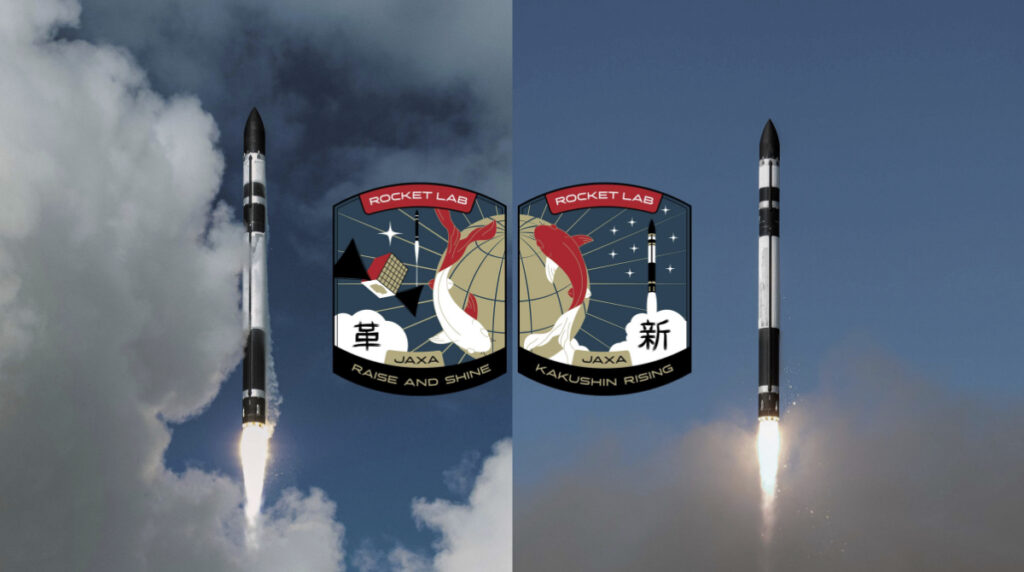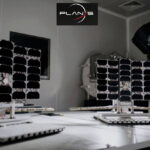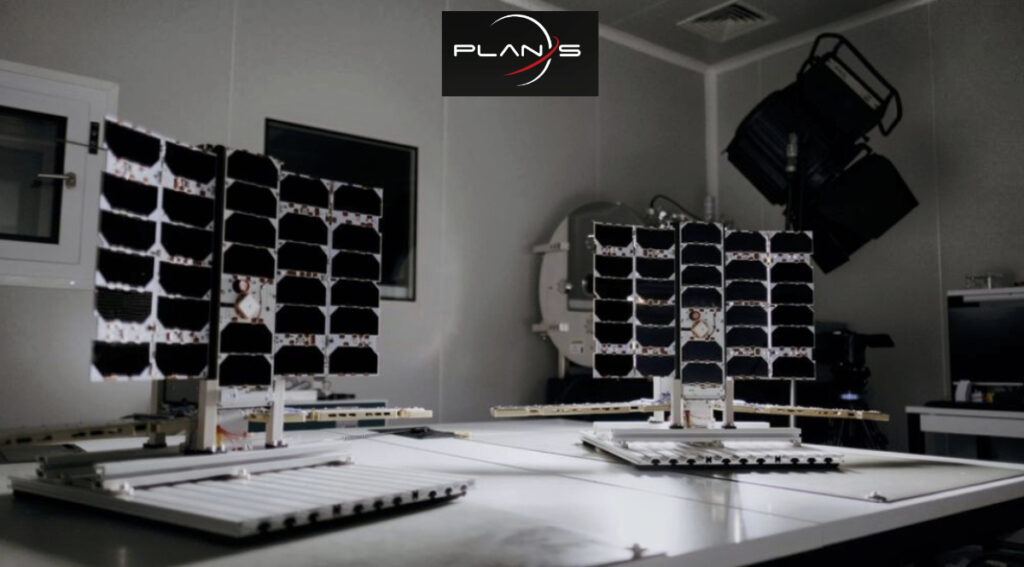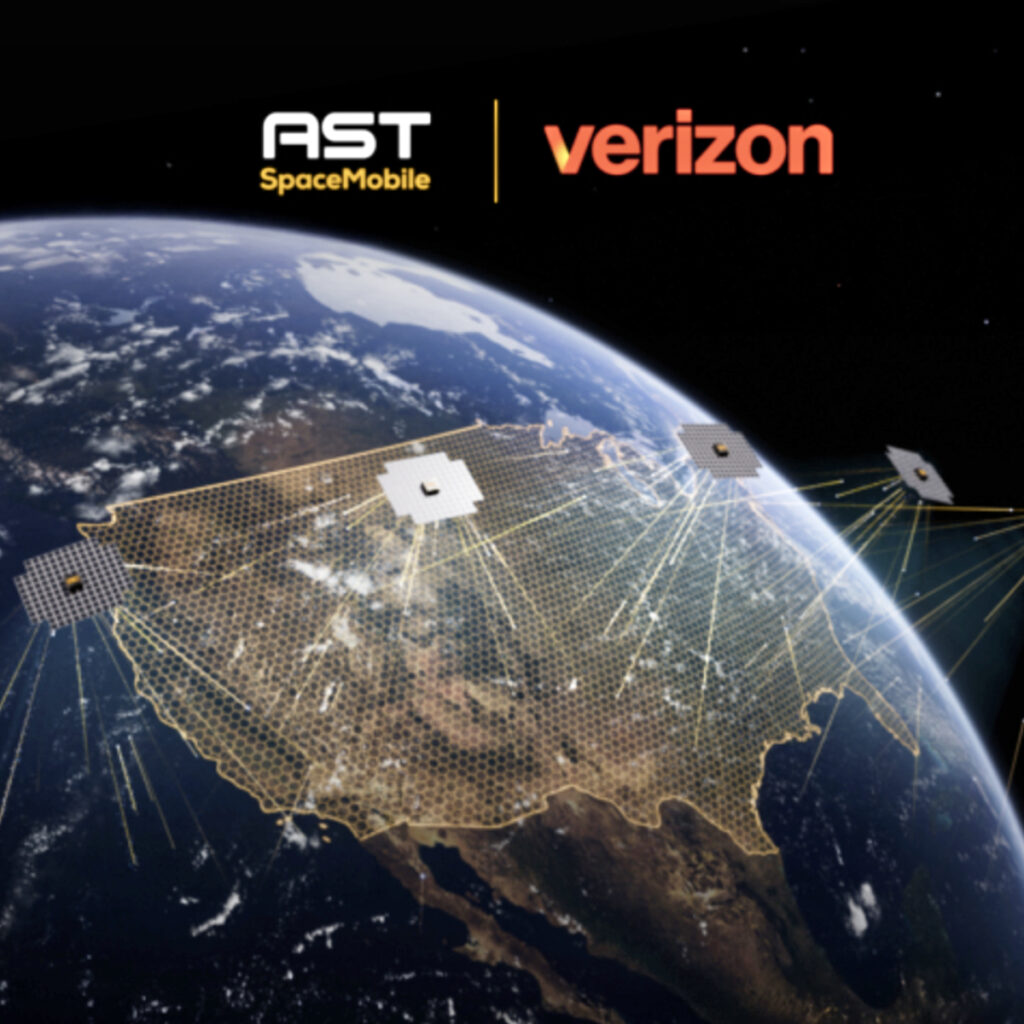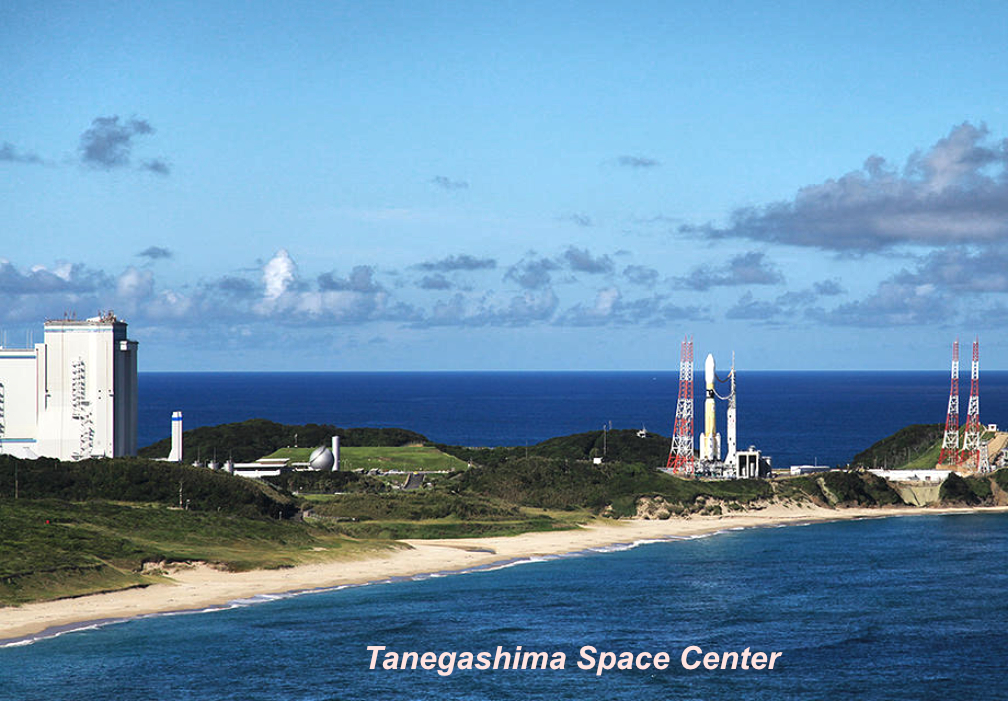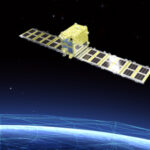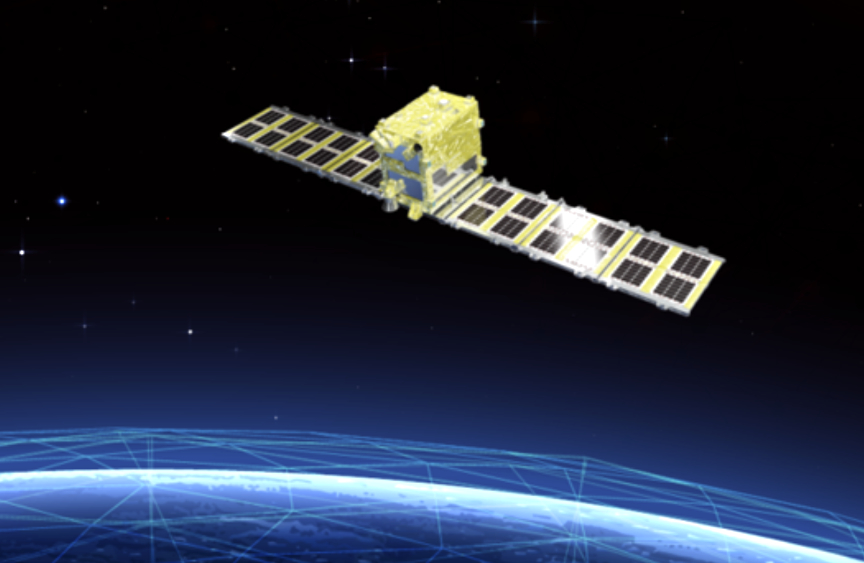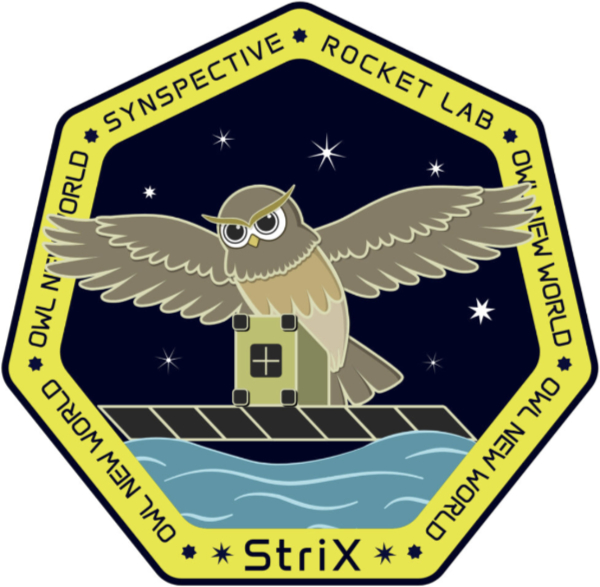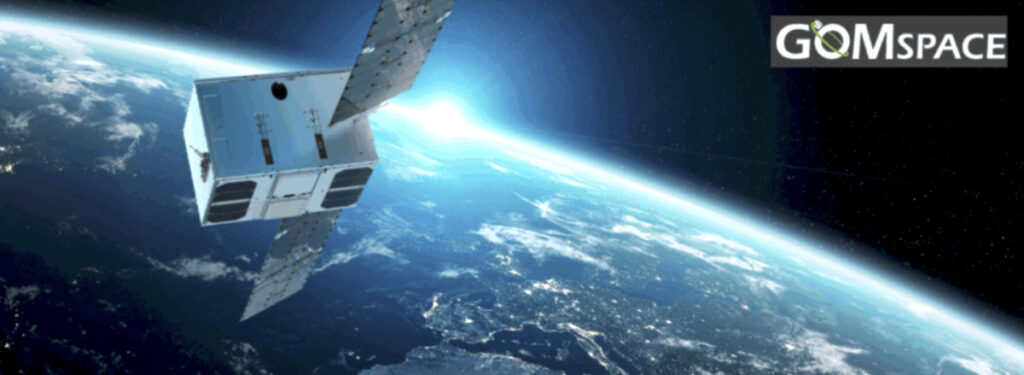
A new contract for GomSpace—a smallsat company with a 75 satellite mission track record—has been received by the company, valued at 760,000 euros.
The European Space Agency, ESA, is the contract originator, concerns the acceleration of the firm’s Attitude and Orbit Control (AOCS) software development. Without such crucially important tech, in-space, spacecraft control cannot be accomplished.
For GomSpace, this is a major step forward to ensure operational reliability and the ability to be ready for mission profiles and requirements that are constantly evolving. AOCS addresses implementation of the firm’s Attitude Determination Control System (ADCS), the NanoMind A3200, an onboard computer GomSpace designed for smallsats, within which attitude control via a 3-axis gyroscope and a magnetometer for magnetic sensing and actuation is handled. This computer handles communication with all GomSpace provided sensors, communication with GomSpace actuators and propulsion system and opens the possibility for customer implemented drivers to support other sensors and actuators.
The AOCS offers a Linux compile function for test and simulation processes and, included, is a Software Development Kit (SDK) for Command and Control for handling all low-level and platform setups.
With all of smallsat industry growth and the contracts being received by GomSpace, how can the firm adequately address the needs being clamored for by companies and organizations?
Back in July of 2025, the company entered into a strategic supply agreement with Danish electronics manufacturer NECAS to do exactly that… strengthen GomSpace’s production scalability for products and subsystems as well as to reduce lead times amid increasing global demand for satellites and satellite subsystems. Additional information regarding that particular contract is available at this direct link…
The CEO of GomSpace, Carsten Drachmann, stated that through embracing modern, model-based software engineering, flexibility and systematic reliability are achieved by the company, enabling the delivery of standardized hardware systems and platforms.
For more information regarding GomSpace, please access this direct link…

